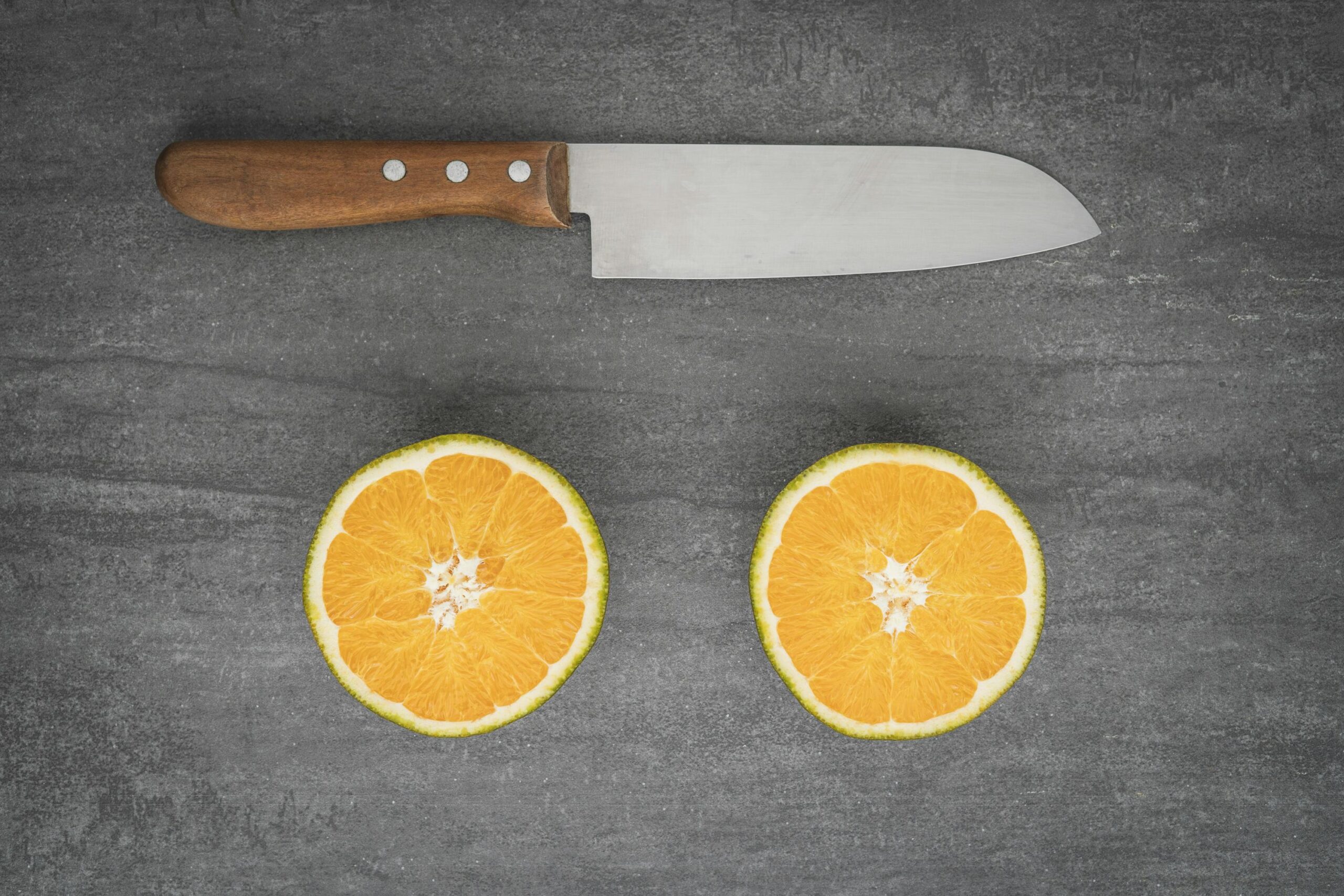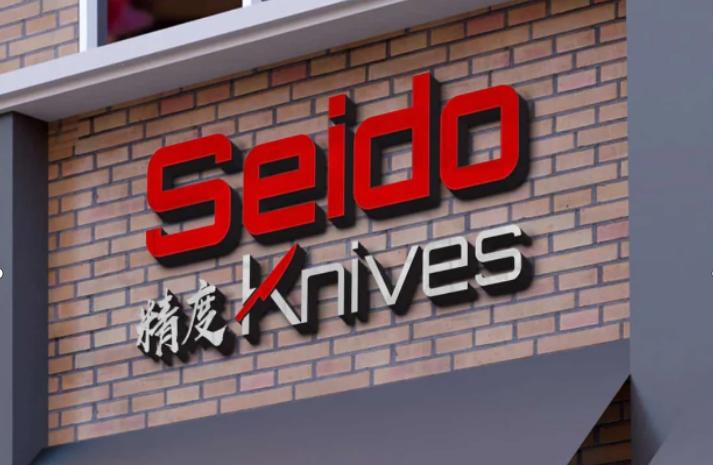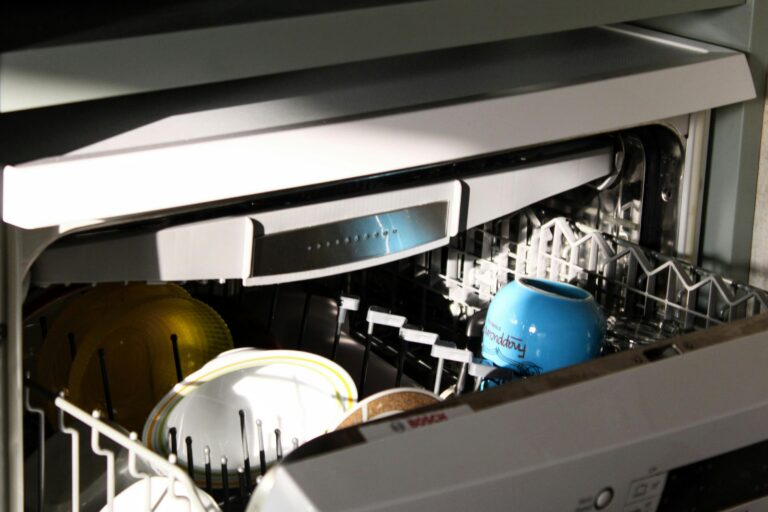Ever stabbed your phone while tearing open a package? Or hesitated to use a sharp knife around kids for fear of accidental punctures? The sheepfoot blade was built to solve these exact frustrations. With its flat cutting edge and rounded tip, it balances control, safety, and utility—making it a favorite for first responders, everyday carry (EDC) lovers, and even farmers. Below’s everything you need to know to decide if it’s the right tool for your needs.
What Is A Sheepsfoot Blade?
Shape
The shape of a sheepsfoot blade stands out because of its straight cutting edge and curved spine. A sheepsfoot blade has little to no belly or curve on the edge. The cutting edge is usually parallel to the back or spine, making slicing motions easy and steady.
Most sheepsfoot blades measure between 2 and 4 inches. You will see this design on utility knives, rescue tools, and even kitchen knives. The flat edge gives you control and precision for tasks like slicing or shaving. With its unique build, the sheepsfoot knife is well-known for safe and accurate cuts in a variety of fields.
Flat, Belly-Free Edge
Unlike curved blades, the sheepfoot’s edge runs nearly parallel to its spine. This means it stays steady against surfaces—no slipping when you’re slicing through cardboard, chopping veggies, or trimming rope. It’s like using a “guided knife” for straight, clean cuts every time.
Rounded, Blunt Tip
A key feature of the sheepsfoot blade is its rounded, blunt tip. The spine curves down toward the edge, creating a tip that lacks a sharp point. This reduces the risk of accidental punctures, a major benefit for many users.
Rescue workers prefer sheepsfoot blades for freeing people from seatbelts or ropes. The blunt tip keeps you from piercing skin or damaging materials you want to protect. If you handle food or perform woodworking, the safety tip also limits slips or deep cuts.
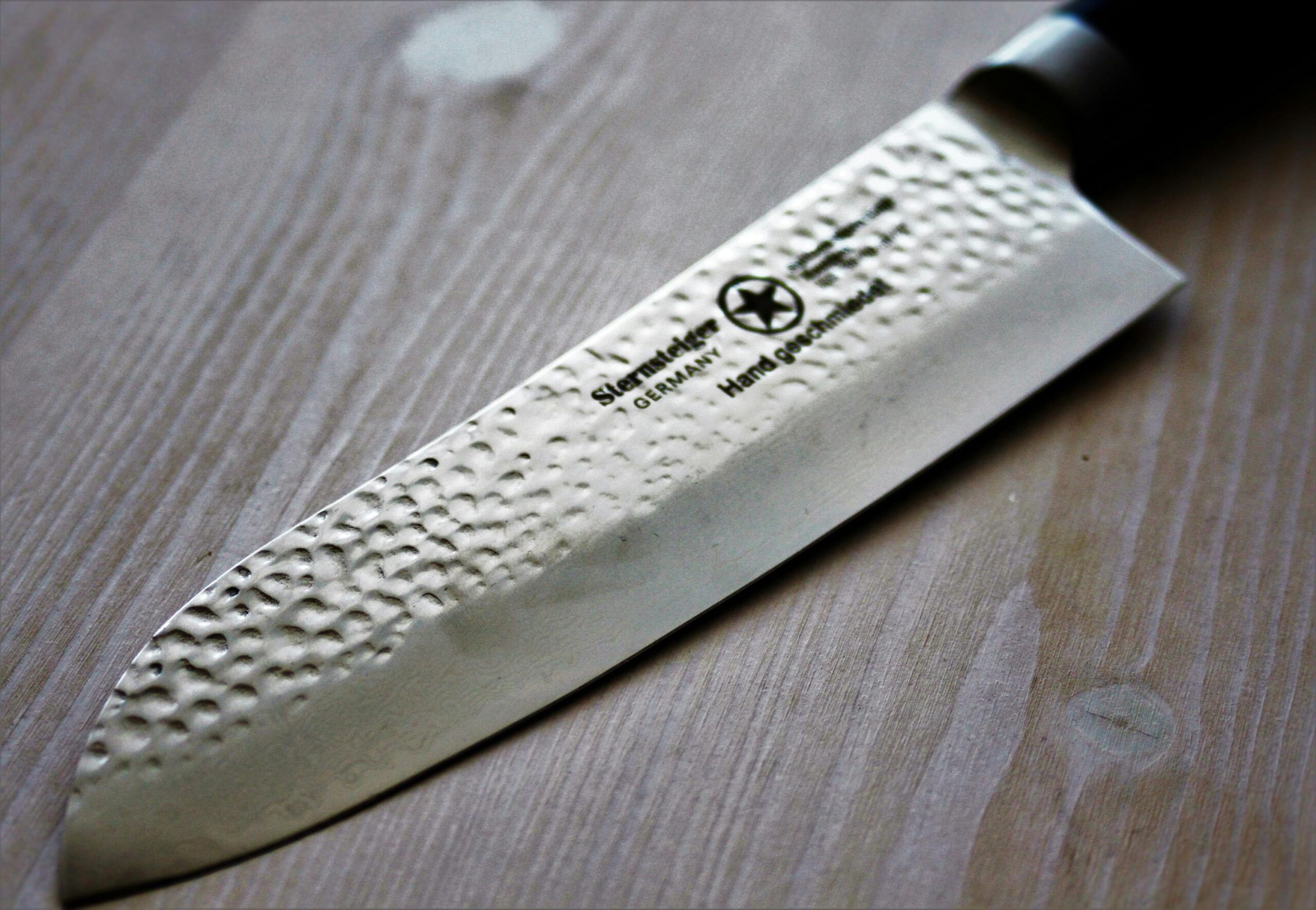
History Of Sheepfoot Blade
1700s: Maritime Beginnings
Born in the 18th century, the sheepfoot blade first gained traction among sailors. Its rounded tip was a game-changer at sea, minimizing accidental punctures or injuries in tight, bustling ship environments—making it a practical tool for daily onboard tasks.
1800s: Agricultural Expansion
By the early 1800s, the design spread beyond ships, finding its stride in farming and livestock care. True to its name, it became indispensable for trimming sheep hooves, where its blunt spine and straight cutting edge balanced precision with safety—critical when working close to animals or hands.
Modern Era: Versatile Utility
Today, the sheepfoot blade remains a staple in rescue gear, woodworking, and even kitchen cutlery. Its tip-free design shines in scenarios where piercing is risky: think cutting seat belts during emergencies or handling delicate crafts. Centuries later, its blend of safety and function keeps it relevant.
Pros of Sheepfoot Blade
Safety
A sheepsfoot blade does not have a sharp point. This design reduces the risk of accidental injury when you use the knife in busy or tight spaces. You won’t worry about puncturing yourself or others during controlled cuts.
Buy Wholesale Knives and Start Scaling up with Us Today
Contact us and connect with a sales rep to get a free quote.
Precise Slicing
The shape is known for its “superior control for detailed slicing and cutting applications. The blade offers full control along its length, making it perfect for accurate slicing, avoiding tearing or slipping.
In food prep, woodworking, or even detailed craft, precision is key. The flat edge allows for a straight, even contact with every slice. This helps you produce smooth cuts on paper, plastic, or food.
Stockman knives and rescue tools often feature a sheepsfoot blade for these reasons.
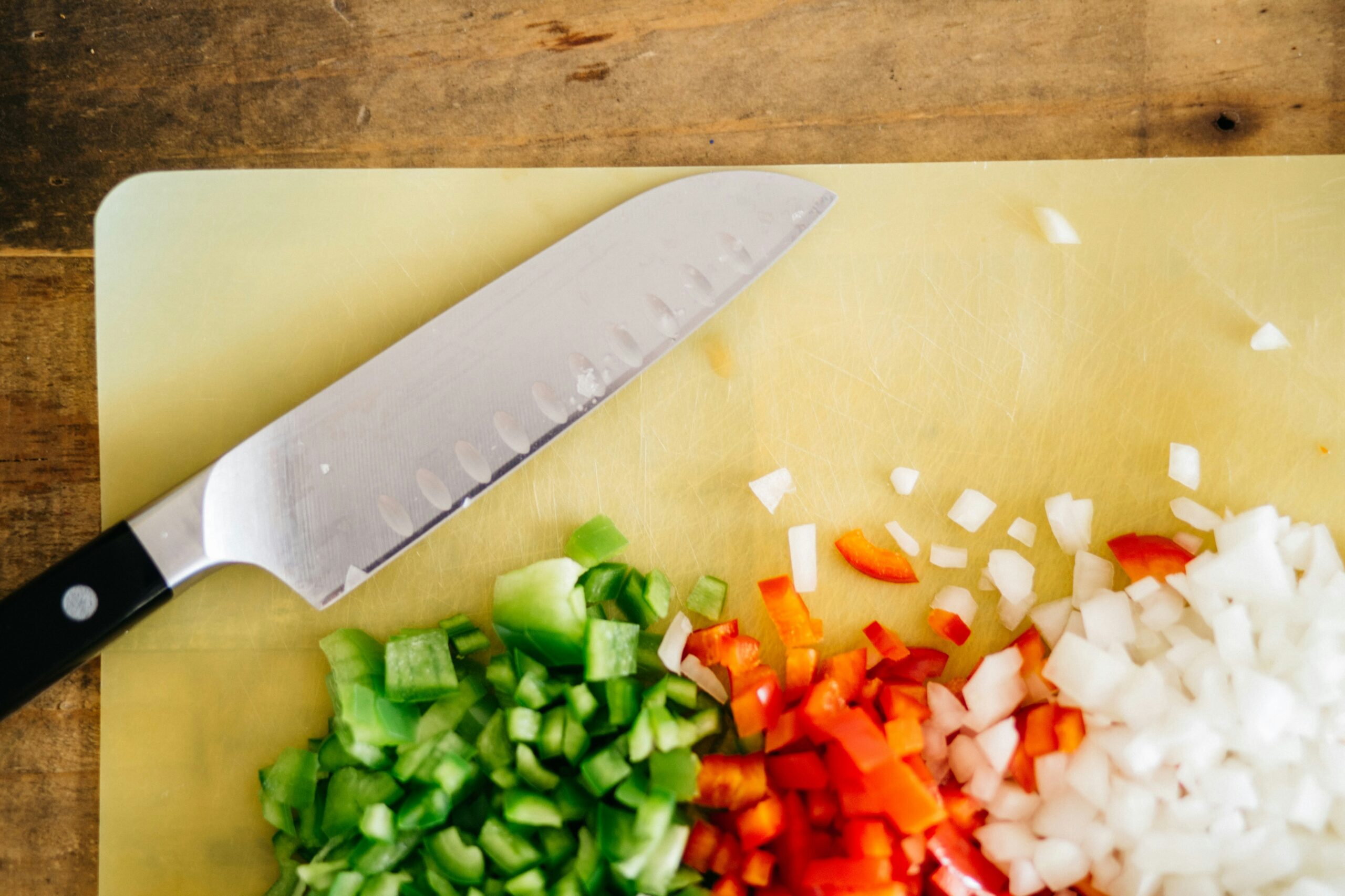
Durability
Sheepsfoot blades often have a strong spine and thicker steel. This design adds toughness for hard work. In heavy-duty tasks, the blade resists bending and chipping, which means you spend less time on repairs.
The lack of a sharp tip means less chance of breakage if dropped. This helps the knife last longer and keeps costs down.
Cons Of Sheepfoot Blade
Sheepsfoot blades have some drawbacks, especially if your customers want a multi-purpose knife or something for detailed tasks. These blades have design features that can limit their use in certain situations.
Limited Piercing Ability
A sheepsfoot blade has a straight edge and a rounded tip, so it lacks a pointy tip for piercing. If you need to poke holes, cut in tight spaces, or start cuts by stabbing, this design can be a real limitation.
Tasks that require puncturing through tough materials become hard. For example, opening packages or making a hole in heavy cardboard is not ideal with this blade.
Less Versatility
You might notice that sheepsfoot blades are great for slicing, but fall short in other uses. The straight edge limits your ability to do tasks like skinning game, carving wood, or preparing food that needs rocking or rolling cuts.
If you want a knife for crafts, utility work, or rescue, the sheepsfoot blade works well. This may affect how you position and promote these knives to customers according to their unique needs.
What Is A Sheepsfoot Used For?
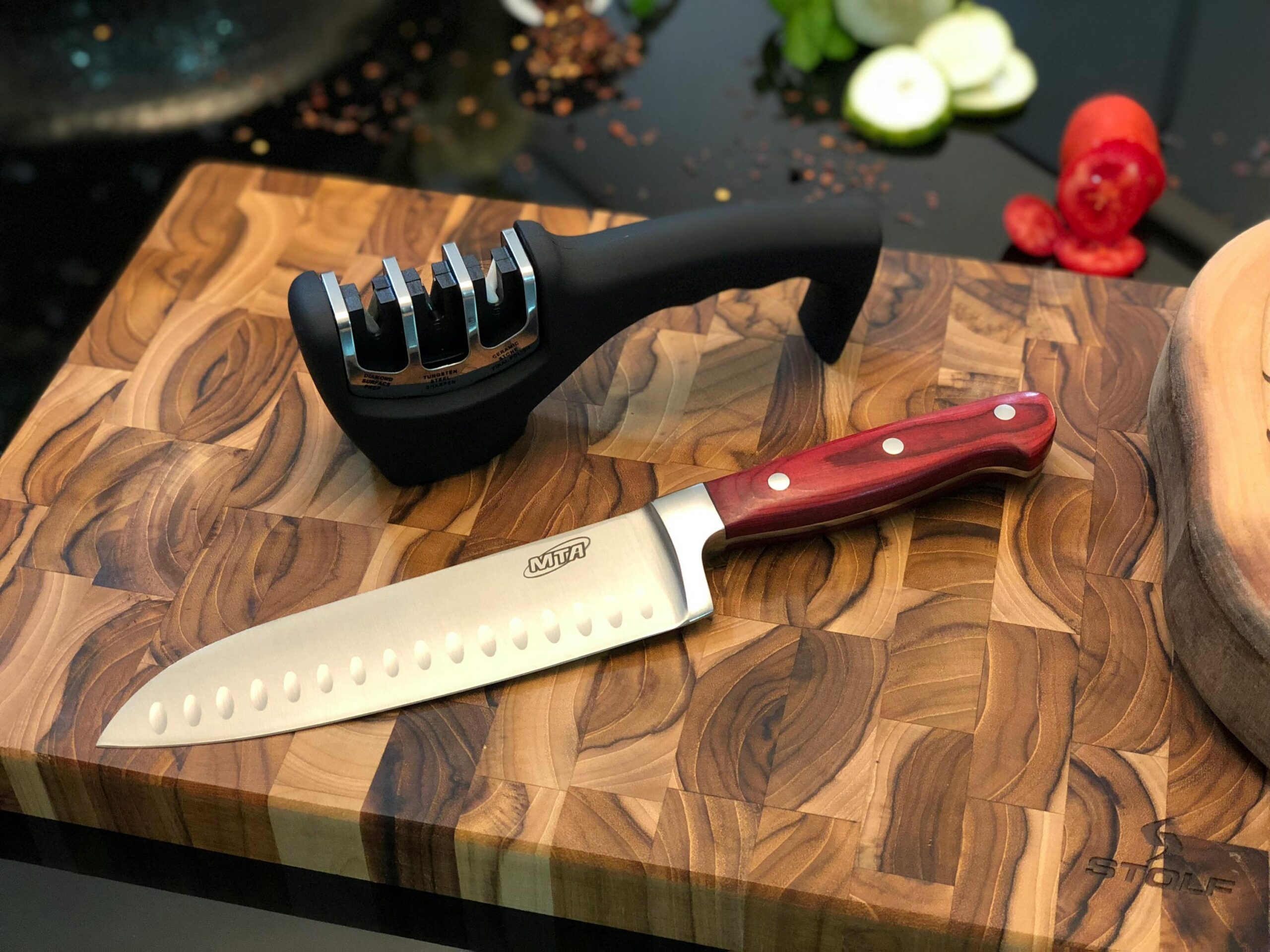
Rescue And Emergency Services
First responders use sheepsfoot blades for fast, controlled cuts. The flat edge makes it easy to cut seatbelts, clothing, or rope without hurting a person nearby. The rounded tip prevents stabbing, even in stressful situations.
Many rescue knives use this shape. For example, the Spyderco Rescue features a sheepsfoot design. Firefighters and EMTs reach for these tools during emergencies for their reliability.
These blades are strong and reduce the risk of mistakes. You can trust them for tasks where quick action saves lives. The usefulness of the design makes it popular among rescue teams worldwide.
Everyday Carry (EDC)
Sheepsfoot blades are popular in everyday carry because they excel at straight cuts. The straight edge easily cuts open boxes, packages, or tape. Since the tip is rounded, you won’t accidentally puncture bags or goods.
Many EDC knives use sheepsfoot blades. These knives offer controlled slicing that’s safe for home, work, or the outdoors.
For sellers, highlighting this safety and versatility sets these knives apart. People like them for tasks that require steady, careful movement without risk of piercing injuries. The design also means less worry about accidents during daily use.
Buy Wholesale Knives and Start Scaling up with Us Today
Contact us and connect with a sales rep to get a free quote.
How to Choose the Best Sheepfoot Blade
Choose Size by Scenario
| Scenario | Recommended Length | Why It Works | Top Picks |
|---|---|---|---|
| EDC (Packages, Fruit) | 2–3 inches | Compact, fits pockets, easy to control | Cold Steel Mini Sheepfoot |
| Rescue/Woodworking | 3.5–4 inches | More leverage for tough cuts | Spyderco Rescue |
| Farming/Kitchen Use | 3–3.5 inches | Balances precision and length | Victorinox Kitchen Sheepfoot |
Pick Steel for Durability
- Daily Use (EDC/Kitchen): 440C Stainless Steel—rust-resistant, sharp enough for slicing, and affordable.
- Heavy-Duty (Rescue/Outdoor): S30V Stainless Steel—harder (HRC 58–60), so it cuts through rope/metal without chipping.
- Budget-Friendly: 8Cr13MoV Stainless Steel—great for beginners, holds a sharp edge for basic tasks.
Comparison with Other Blades
| Blade Type | Key Design Trait | Best For | How It Compares to Sheepfoot |
|---|---|---|---|
| Sheepfoot | Flat edge + rounded tip | Safe cutting (EDC, rescue) | No piercing, but safest for close work |
| Drop-Point | Curved spine + sharp tip | Hunting, outdoor (piercing/skinning) | More versatile, but higher injury risk |
| Spey Blade | Slightly curved edge + blunt tip | Farming (hoof trimming, skinning) | Better for curves, but less precise straight cuts |
| Wharncliffe | Flat edge + tapered (slightly sharp) tip | Fine cutting (carving, paper) | More precise for details, but less safe than sheepfoot |
Conclusion
A sheepsfoot blade gives you strong control for cutting jobs. The straight edge and rounded spine help prevent accidents, which is ideal for work that needs precision but low risk of slips.
You’ll often see this blade used by first responders and sailors because of its safe design. It’s also handy for daily tasks like box cutting or opening packages.
To sum up the key points:
- Safe: Rounded tip helps prevent accidental piercing
- Easy to Control: Great for slicing and detailed work
- Versatile: Useful for both everyday use and professional needs
If you need a reliable blade for your product line or shop, this shape can meet many customer needs. Sellers who want to offer unique or practical tools may find the sheepsfoot blade a smart addition to their stock.If you want OEM or private label service or need large quantities, you can request a quote to learn more about your options.
Frequently Asked Questions
Can a sheepfoot blade be sharpened easily?
Absolutely! Its flat edge means you can use a standard whetstone or sharpening rod—no need for special tools. Just sharpen along the straight edge (keep a 20-degree angle) for best results.
Is it legal to carry a sheepfoot blade as EDC?
Laws vary by location, but most places allow 2–3 inch blades (the typical EDC size) without a permit. Check your local “knife length” laws—since it has no sharp tip, it’s often viewed as a “non-threatening” tool.
Can I use it for camping?
Yes—if your camping tasks are cutting rope, prepping food, or opening gear. Just pair it with a small multi-tool (for piercing cans or drilling wood) to cover all bases.
